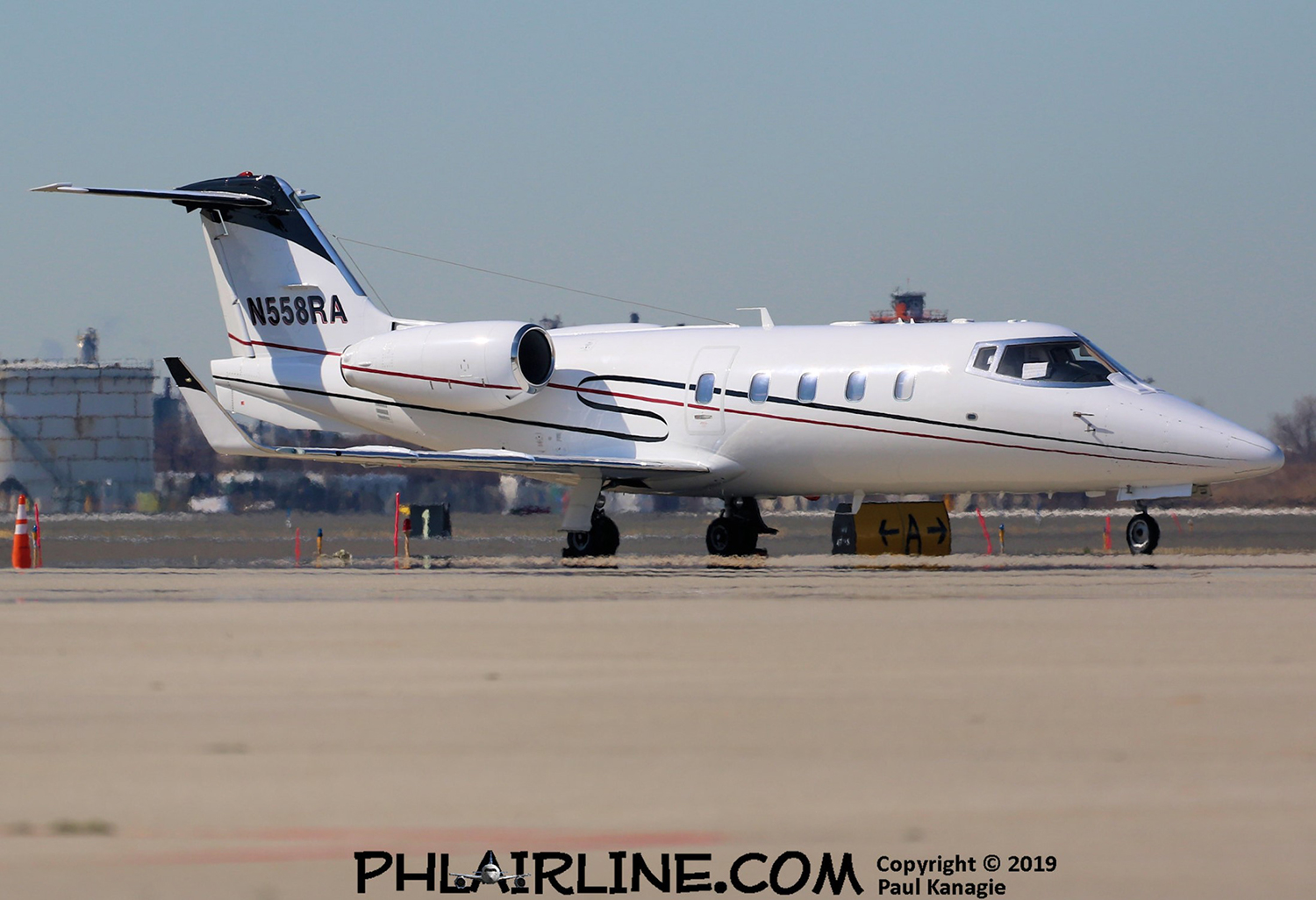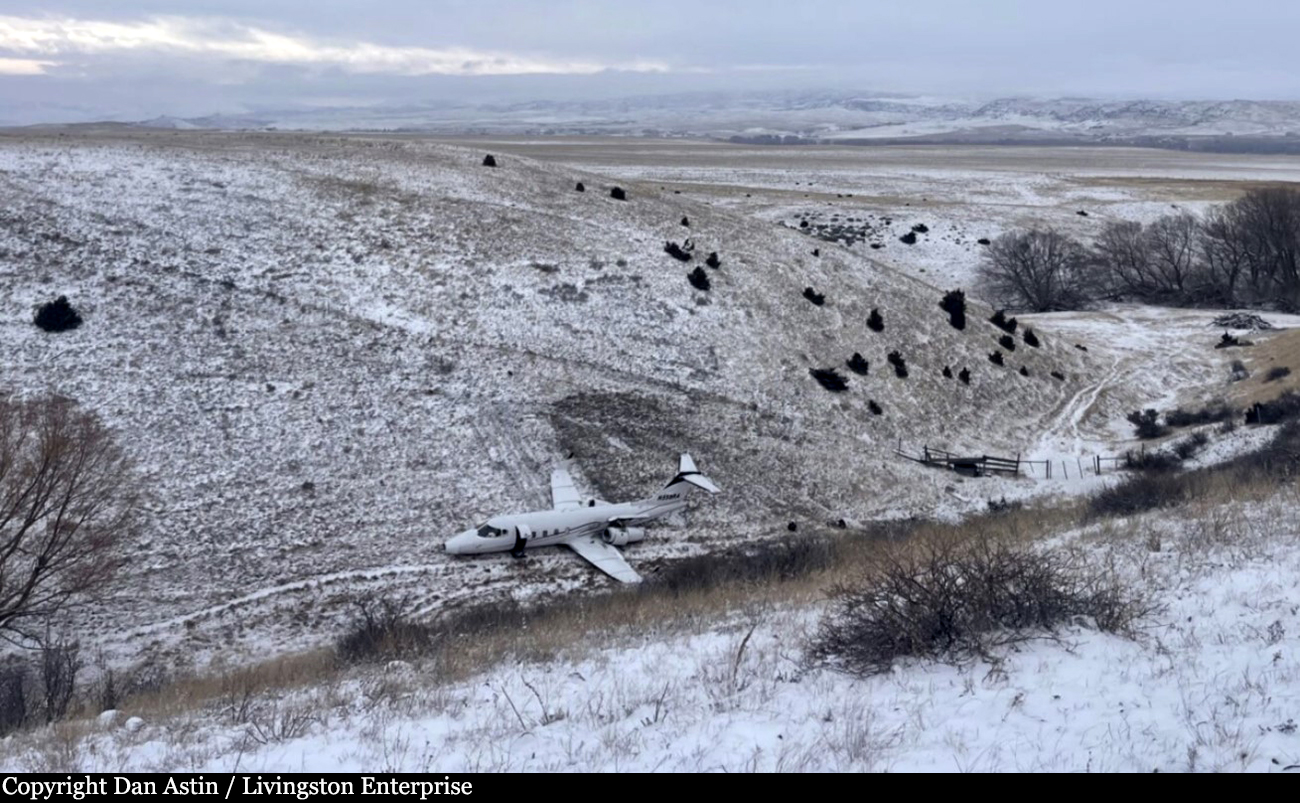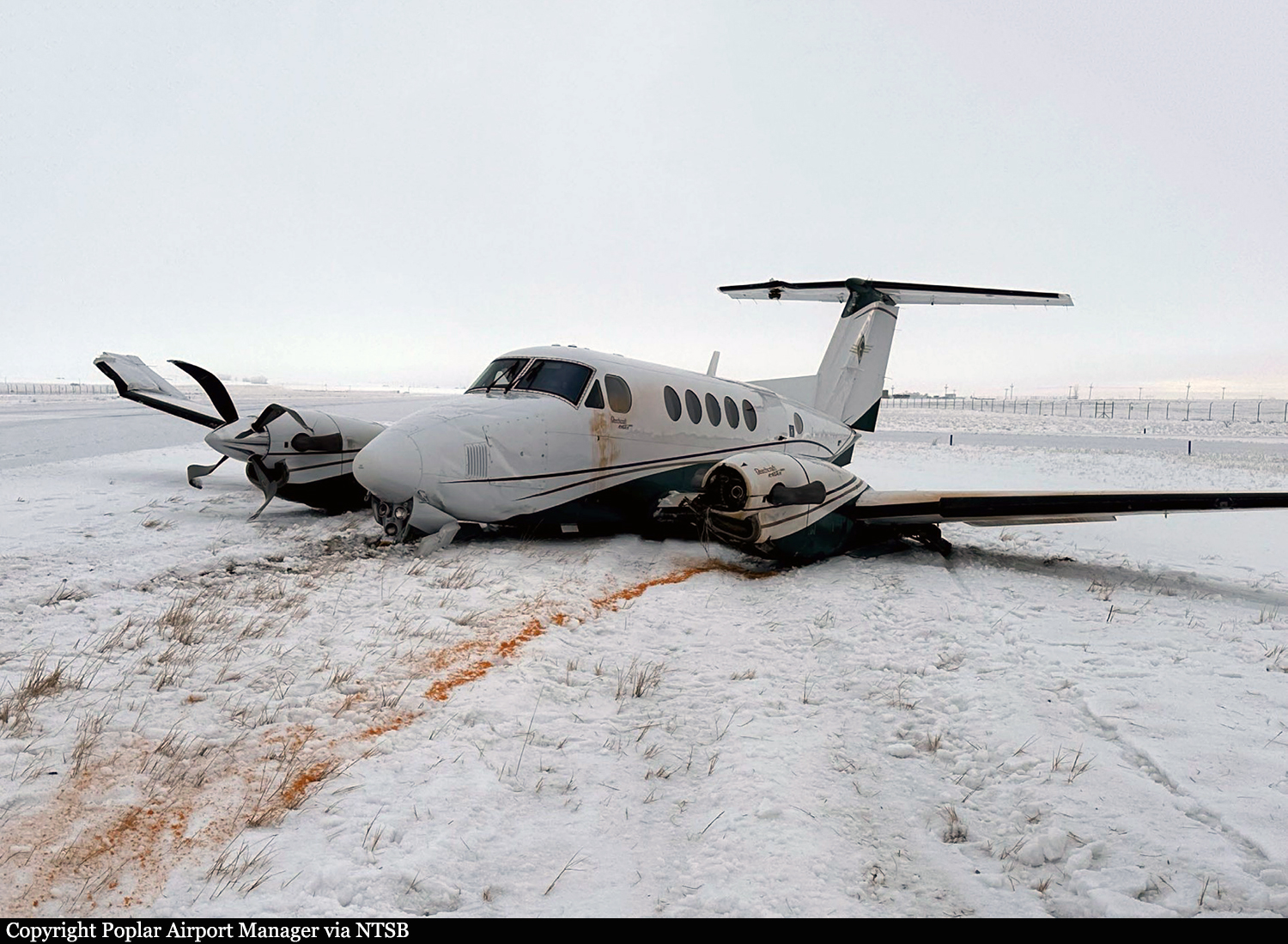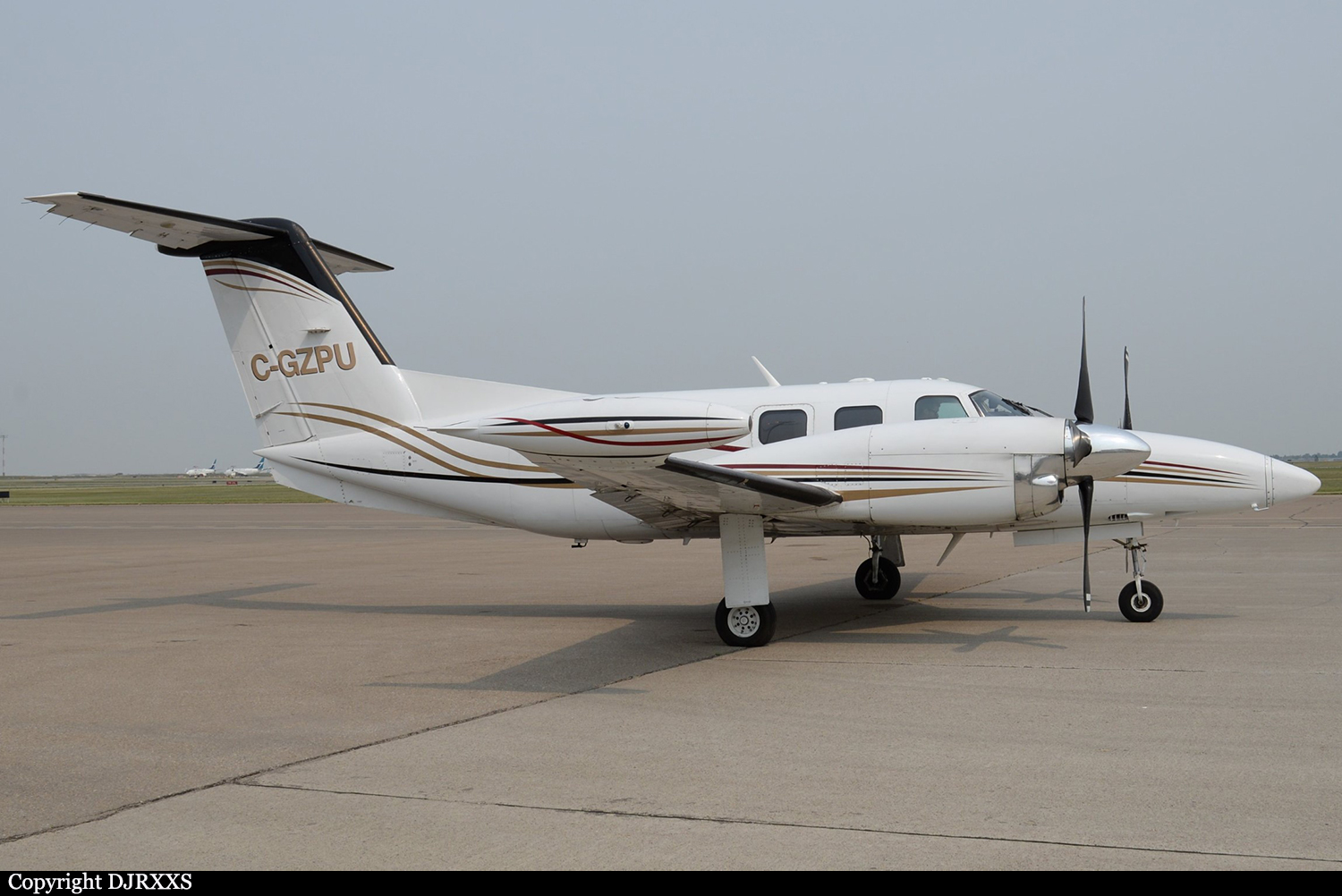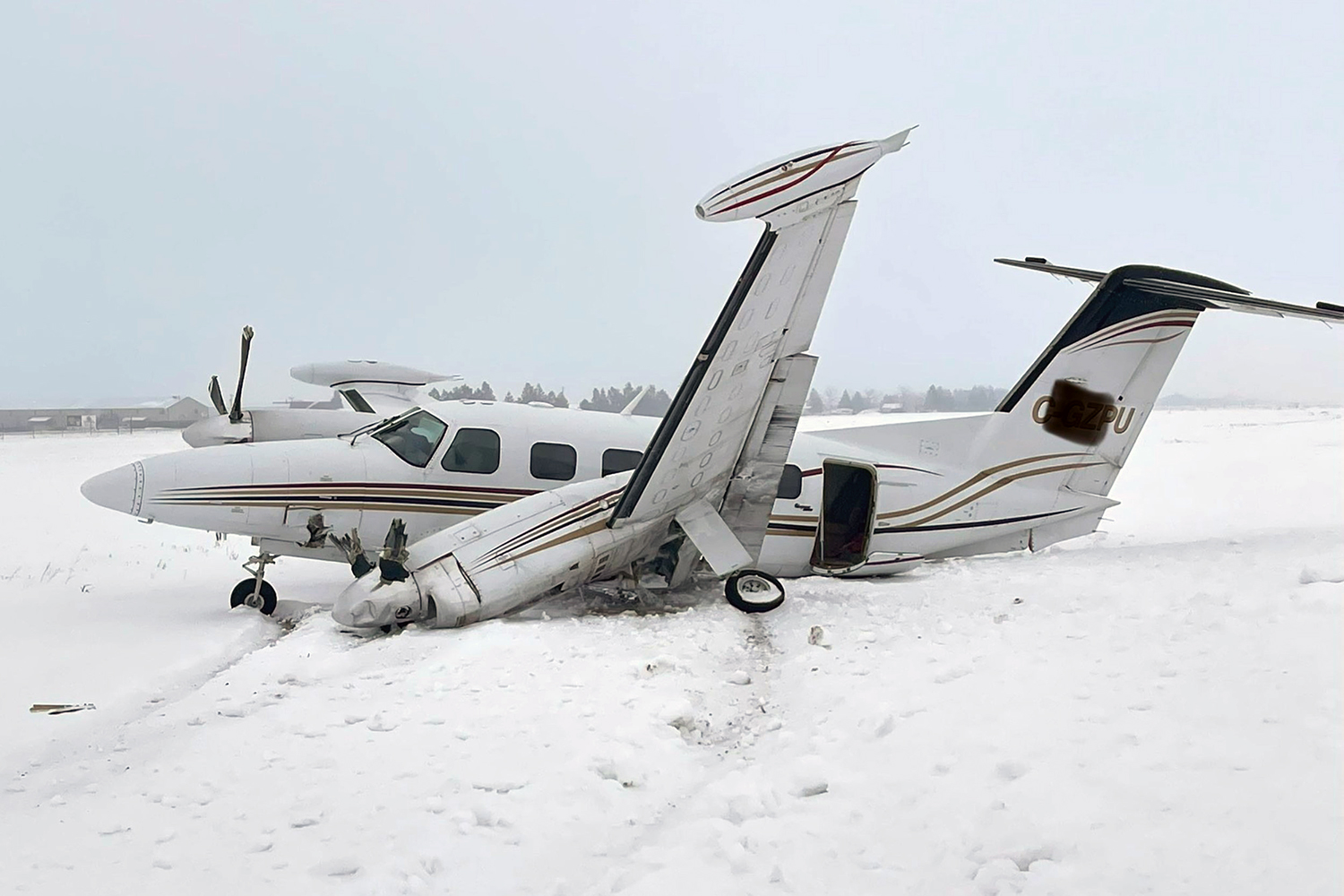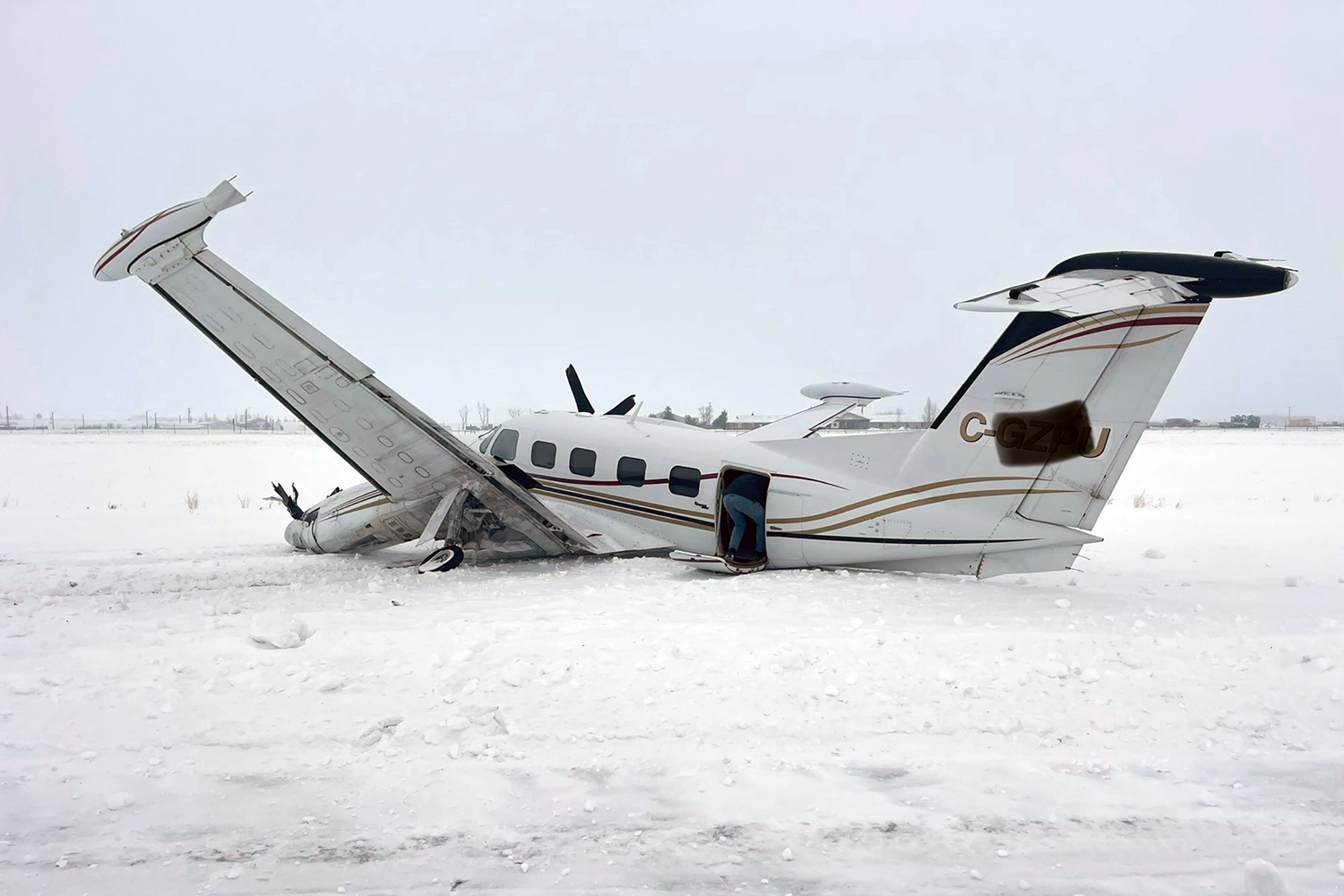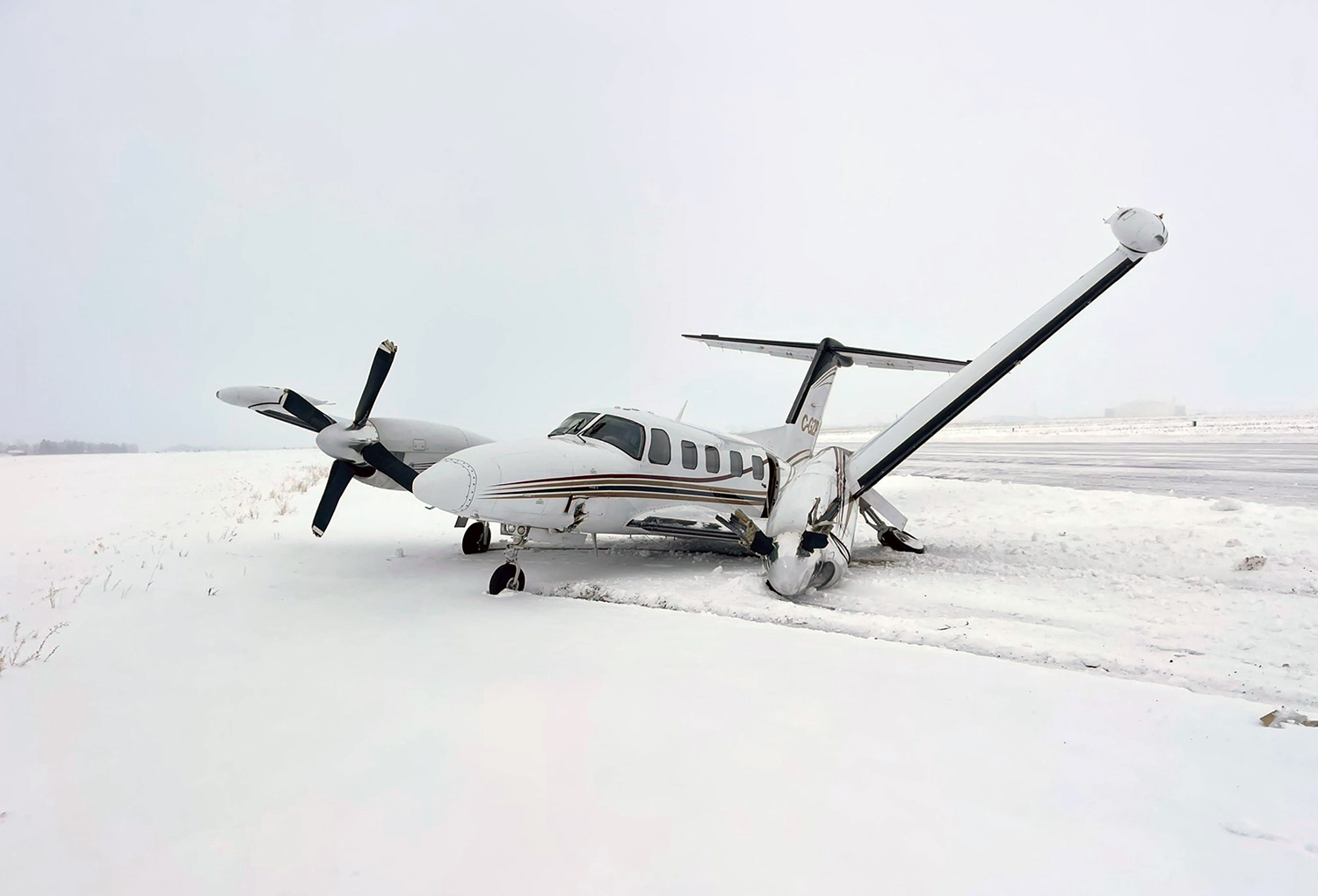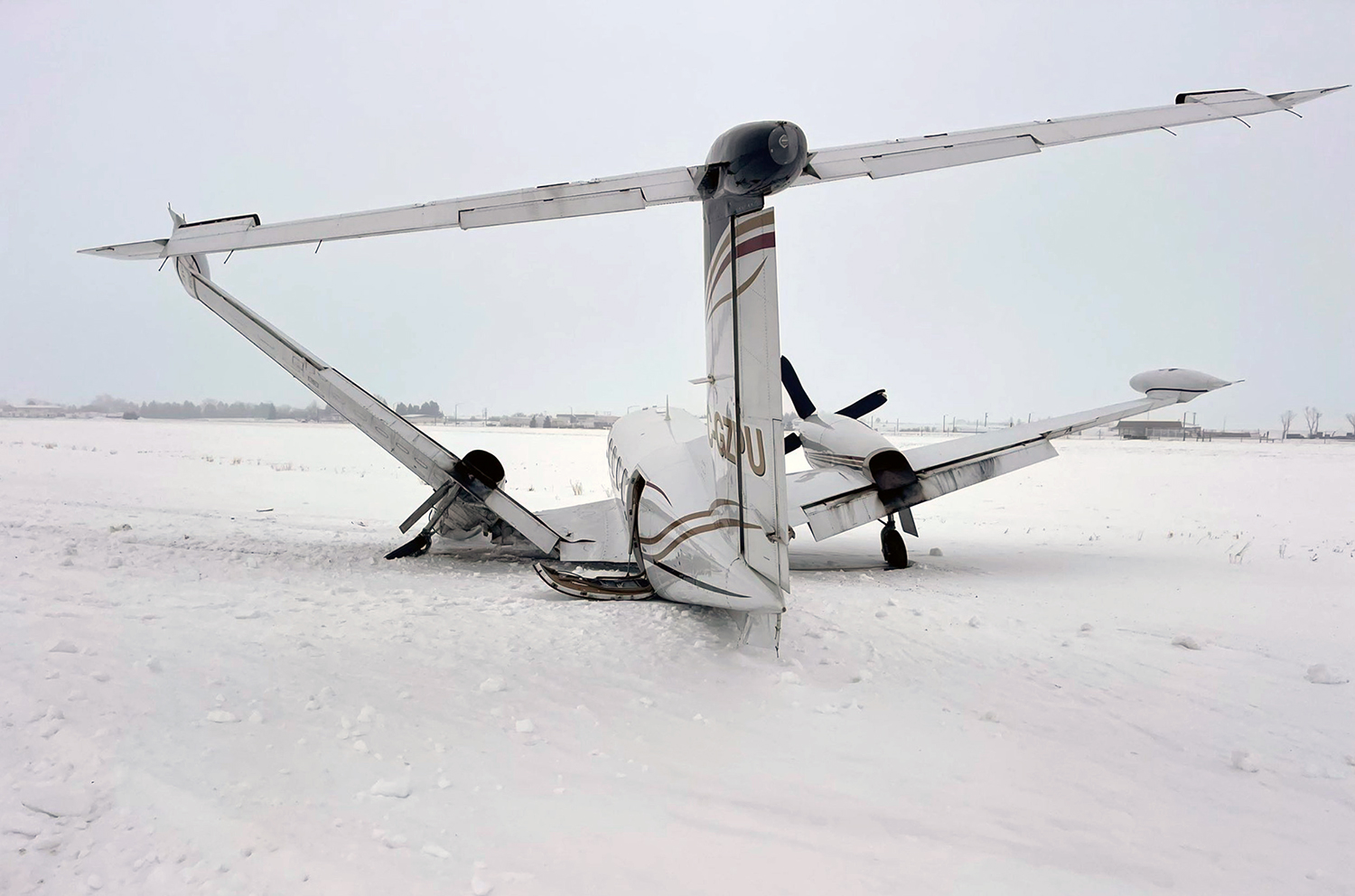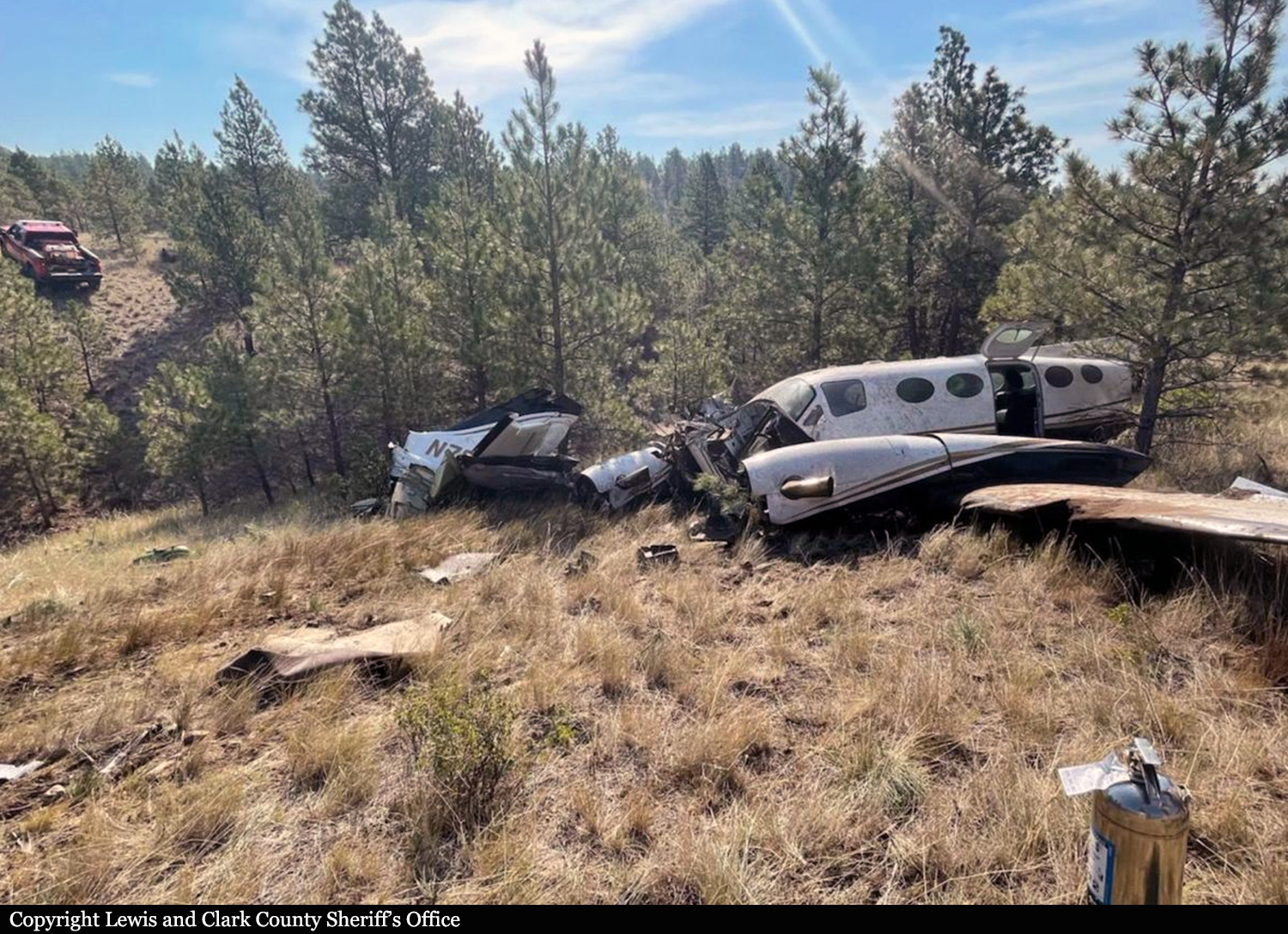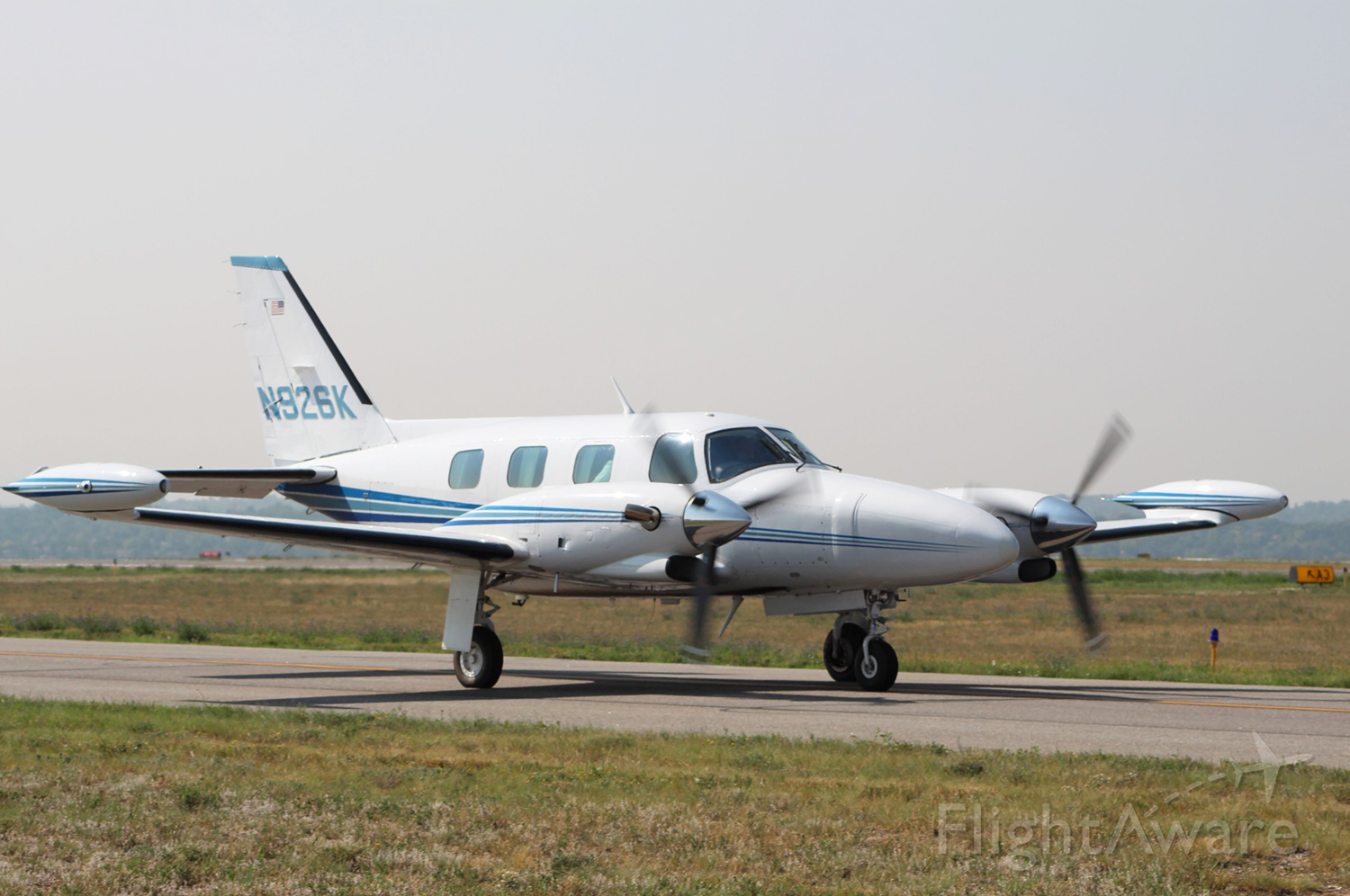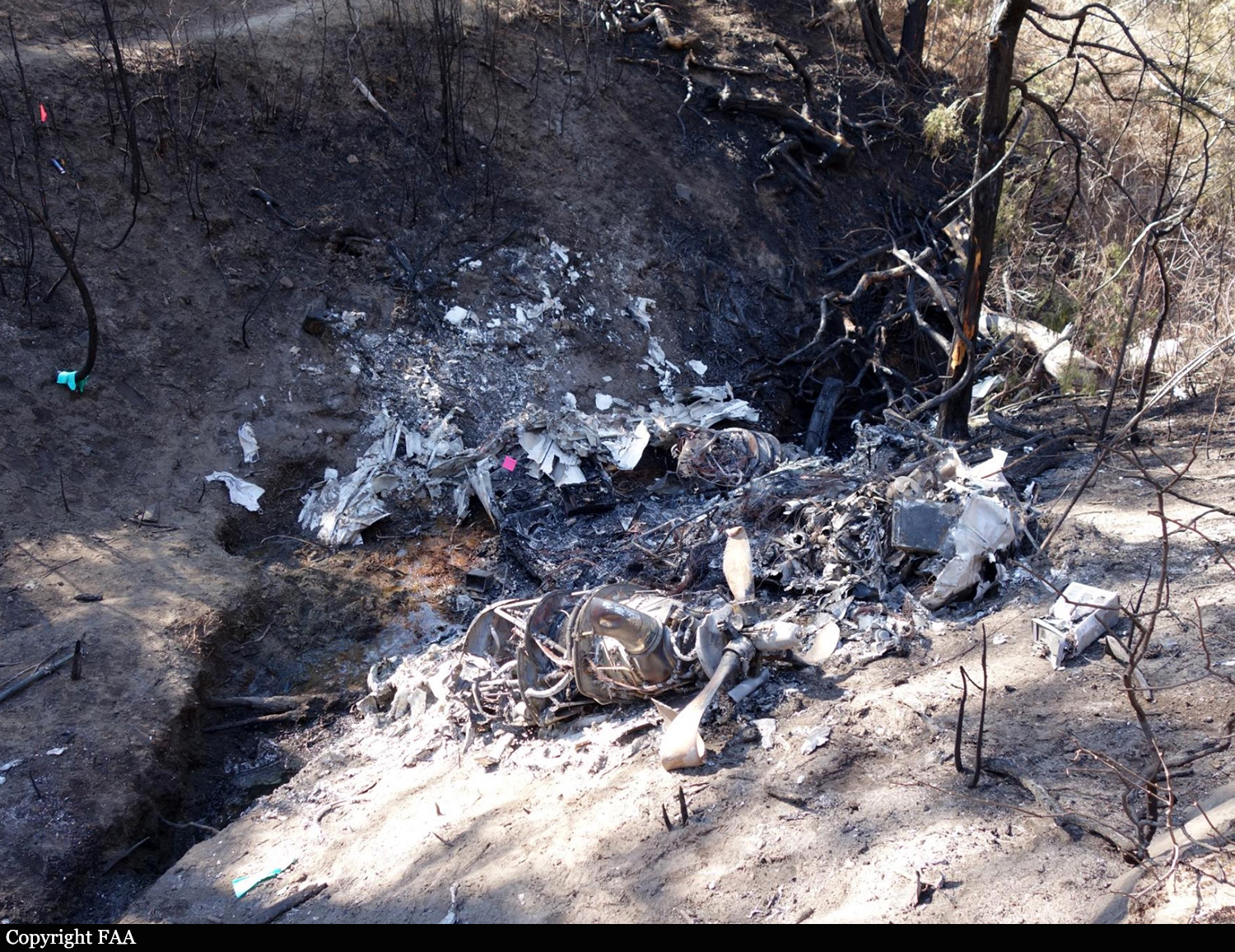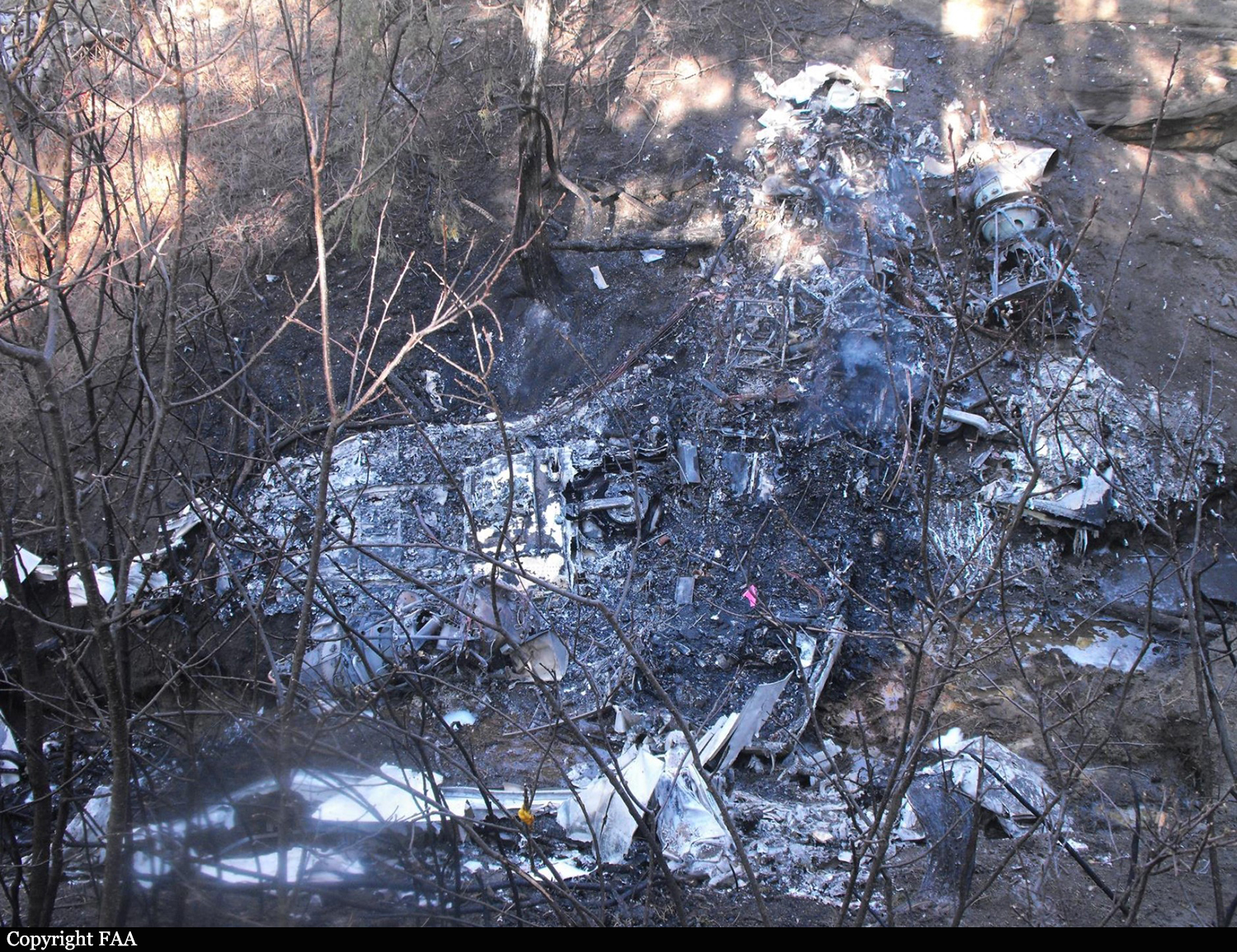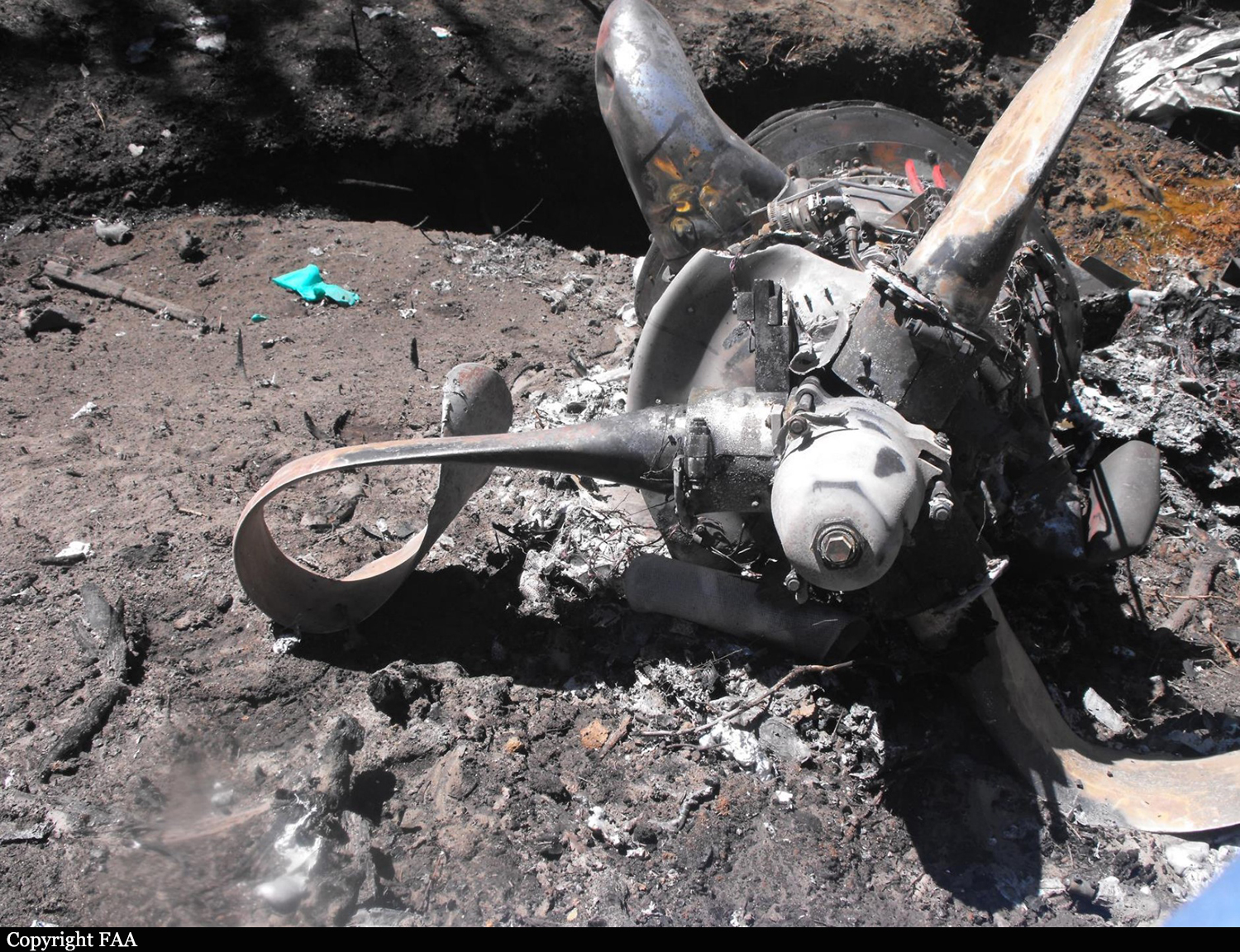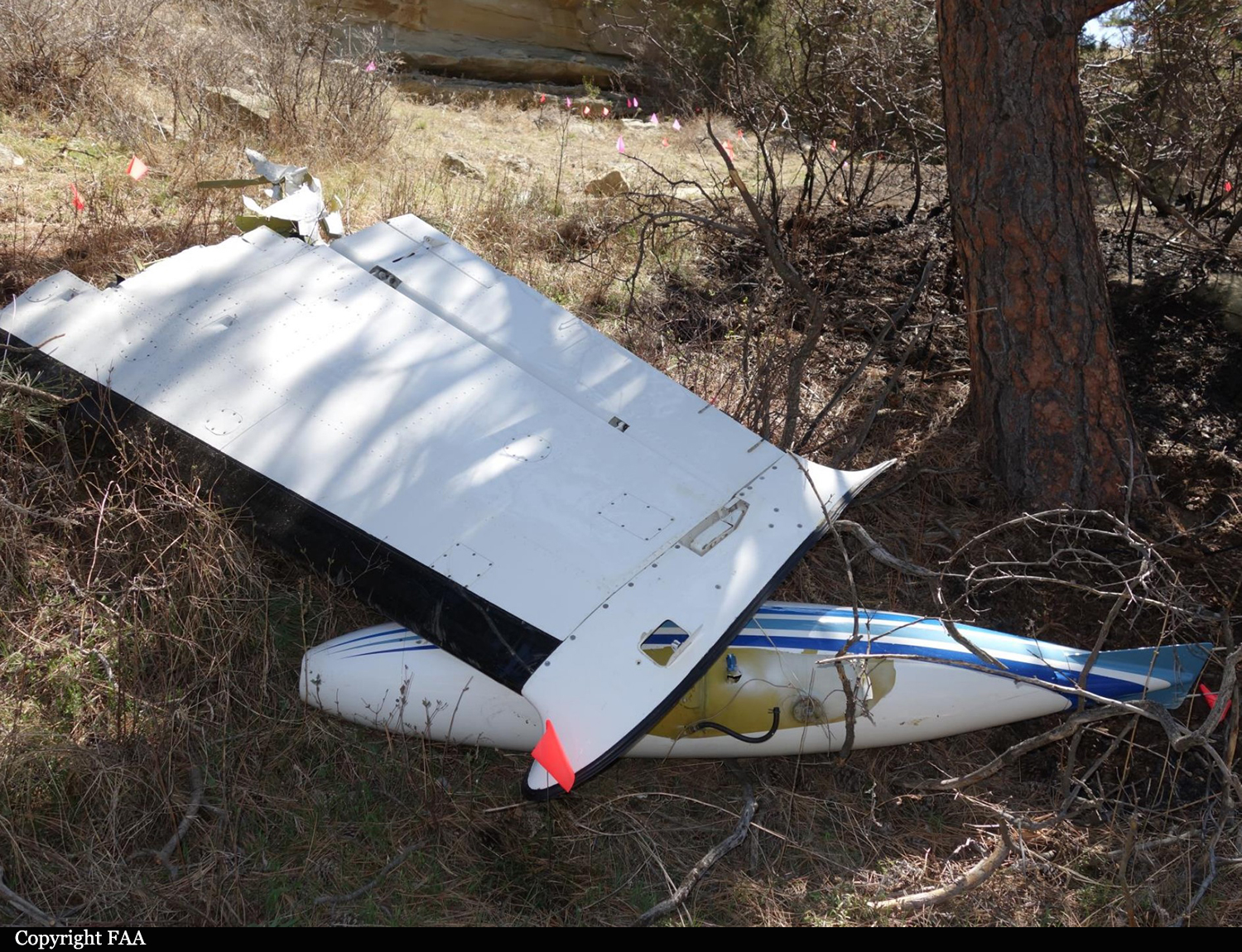Crash of a Learjet 55 Longhorn in Livingston
Date & Time:
Jan 11, 2024 at 0837 LT
Registration:
N558RA
Survivors:
Yes
Schedule:
Pontiac - Livingston
MSN:
55-086
YOM:
1983
Flight number:
RAX698
Crew on board:
2
Crew fatalities:
Pax on board:
0
Pax fatalities:
Other fatalities:
Total fatalities:
0
Circumstances:
The crew departed Pontiac-Oakland County Airport on a cargo service to Livingston-Mission Field Airport (flight RAX698). After touchdown on runway 22, the airplane was unable to stop within the remaining distance and overran. It went down into a ravine, lost its undercarriage and came to rest with both engines torn off. Both crew members evacuated safely.
